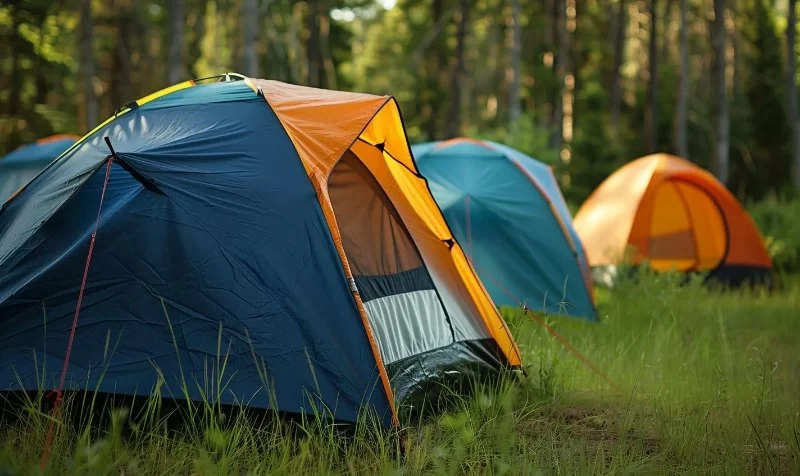- 1 - Understanding heatstroke risks during camping trips
- 2 - Recognizing early symptoms before they escalate
- 3 - Proven prevention strategies for campers
- 4 - Real-life camping heatstroke cases and lessons learned
- 5 - Gear and resources to keep you safe
- 6 - Best practices for camping in hot weather
Understanding heatstroke risks during camping trips
Heatstroke is one of the most serious heat-related illnesses and can be life-threatening if not addressed quickly. During summer camping, especially in high-exposure environments, prolonged heat and dehydration can overwhelm the body’s cooling systems. Factors like limited shade, inadequate hydration, and strenuous hiking can elevate risks. Knowing these risk factors is the first step toward preventing them.
Recognizing early symptoms before they escalate
Heat exhaustion signs
These include heavy sweating, dizziness, muscle cramps, and fatigue. Addressing these signs early can prevent heatstroke from developing.
Heatstroke warning signals
Confusion, lack of sweating despite high temperatures, rapid pulse, and nausea are red flags. If these symptoms appear, seek shade, cool the body immediately, and call for medical help.
Proven prevention strategies for campers
Stay hydrated and replenish electrolytes
Drink water consistently throughout the day, even if you don’t feel thirsty. Electrolyte-rich drinks help maintain balance and prevent dehydration-related fatigue.
Plan your activities around cooler hours
Hiking early in the morning or late in the afternoon reduces exposure to peak temperatures. Midday should be reserved for rest in shaded or air-cooled areas.
Wear appropriate clothing
Light-colored, moisture-wicking fabrics help regulate body temperature and reduce heat buildup. Wide-brim hats and UV-protective sunglasses are must-haves.
Real-life camping heatstroke cases and lessons learned
During a summer trip near Pine Cliff Resort, a group of hikers underestimated the midday heat. One camper experienced severe dizziness and disorientation just two miles from base. Thanks to quick recognition of symptoms and access to electrolyte packs, the situation was stabilized without hospitalization. This underscores the importance of preparation and awareness.
Gear and resources to keep you safe
Portable shade structures, hydration packs, cooling towels, and lightweight tarps can be lifesavers. Many outdoor retailers and locations like Pine Cliff Resort offer quality gear rentals, making it easy to equip yourself for safe summer camping.
Best practices for camping in hot weather
Always set up camp in shaded areas when possible, avoid sealing tents during the day to allow airflow, and establish a hydration schedule for everyone in your group. With these steps, your camping experience can remain enjoyable, safe, and free from heat-related emergencies.







